Market reset sees DeFi borrowing roar back 959% by 2024 amid CeFi decline
The total crypto lending market fell over 43% from its $64.4B peak in 2021 to $36.5B by Q4 2024. Centralized (CeFi) lending plummeted 68% from its 2022 peak, driven by major lender bankruptcies (Celsius, Genesis, etc.). Decentralized (DeFi) borrowing surged 959% from its late 2022 low, reaching $19.1B by Q4 2024. The landscape of cryptocurrency […] The post Market reset sees DeFi borrowing roar back 959% by 2024 amid CeFi decline appeared first on CoinJournal.

- The total crypto lending market fell over 43% from its $64.4B peak in 2021 to $36.5B by Q4 2024.
- Centralized (CeFi) lending plummeted 68% from its 2022 peak, driven by major lender bankruptcies (Celsius, Genesis, etc.).
- Decentralized (DeFi) borrowing surged 959% from its late 2022 low, reaching $19.1B by Q4 2024.
The landscape of cryptocurrency lending has undergone a dramatic transformation since its zenith, marked by a sharp contraction in centralized finance (CeFi) platforms alongside a vigorous resurgence in decentralized finance (DeFi) borrowing, according to recent industry analysis.
Crypto lending cools from fever pitch
Data published by Galaxy Digital on April 14 reveals a significant cooling in the overall crypto lending market. From a peak valuation of $64.4 billion in 2021, the market size had shrunk by more than 43% to $36.5 billion by the close of the fourth quarter of 2024.
This downturn trajectory began its steep descent in 2022, catalyzed by the cascading failures of several prominent centralized crypto lenders.
Firms like Genesis, Celsius Network, BlockFi, and Voyager, once titans of the industry, succumbed to the pressures of falling crypto prices and subsequently filed for bankruptcy.
Their collapse triggered a significant contraction in both the availability of crypto loans and the demand for them.
Centralized giants fall, market shrinks dramatically
The impact on the CeFi lending sector was particularly acute. At its height in 2022, CeFi lending boasted a combined book size of $34.8 billion.
By the end of 2024, however, this figure had plummeted to just $11.2 billion – representing a stark 68% decline. Zack Pokorny, a research associate at Galaxy Digital, attributed this sharp drop to foundational issues on both sides of the market.
“The decline can be attributed to the decimation of lenders on the supply side and funds, individuals, and corporate entities on the demand side,” Pokorny noted in the report.
He emphasized that the bankruptcy of major players fundamentally reduced the options available for borrowing within the centralized ecosystem.
DeFi defies downturn with explosive growth
While centralized platforms faltered, the decentralized finance (DeFi) sector tells a starkly different story of recovery and growth.
After hitting a trough of $1.8 billion in open borrows during the crypto bear market of late 2022, DeFi borrowing activity surged remarkably.
By the end of Q4 2024, open borrows on DeFi platforms reached $19.1 billion, marking an astonishing 959% increase over eight quarters.
The Galaxy Digital report credits this resilience to the inherent nature of DeFi. Its permissionless structure allowed lending applications to continue operating even as their centralized counterparts were forced to cease operations due to insolvency.
“Unlike the largest CeFi lenders that went bankrupt and no longer operate, the largest lending applications and markets were not all forced to close and continued to function,” Pokorny wrote, highlighting a key operational advantage of the decentralized model during crises.
A tale of two sectors: concentration vs. decentralization
This divergence has reshaped the crypto lending ecosystem.
The CeFi space has become markedly more concentrated following the market shakeout.
Just three firms – Tether, Galaxy, and Ledn – now dominate the remaining centralized lending market, accounting for a combined 88.6% of CeFi lending activity and representing 27% of the total crypto lending market (including DeFi).
In contrast, the DeFi lending sphere remains more distributed, currently spanning 20 distinct lending applications across 12 different blockchains.
This demonstrates sustained user engagement and diversification within the decentralized space, even through periods of significant market stress.
Though the overall crypto lending market has yet to reclaim its 2021 highs, the robust recovery and expansion within DeFi borrowing clearly signals a structural shift.
Centralized lending options have significantly diminished, while decentralized alternatives have proven resilient and are experiencing renewed demand, painting a picture of a market actively recalibrating its preferences towards decentralized financial services.
The post Market reset sees DeFi borrowing roar back 959% by 2024 amid CeFi decline appeared first on CoinJournal.




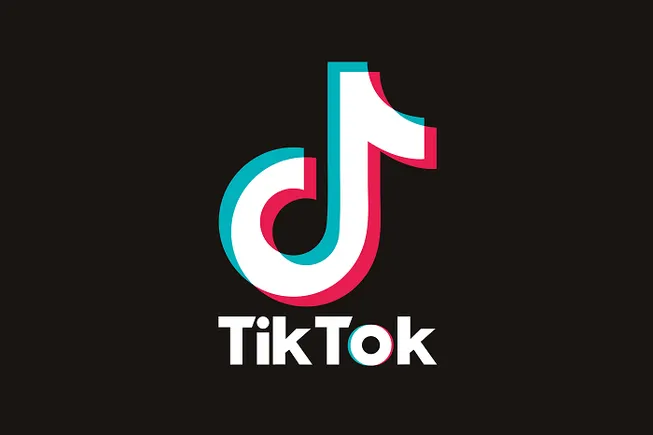
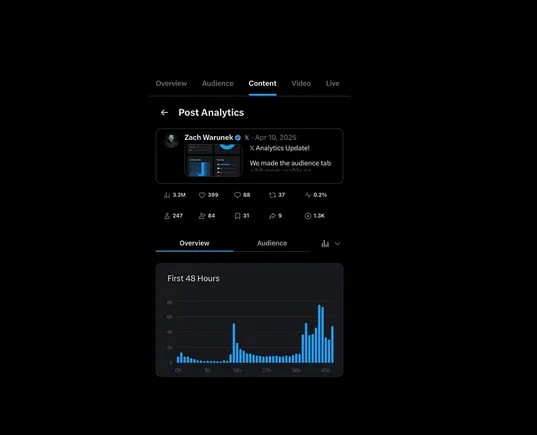

























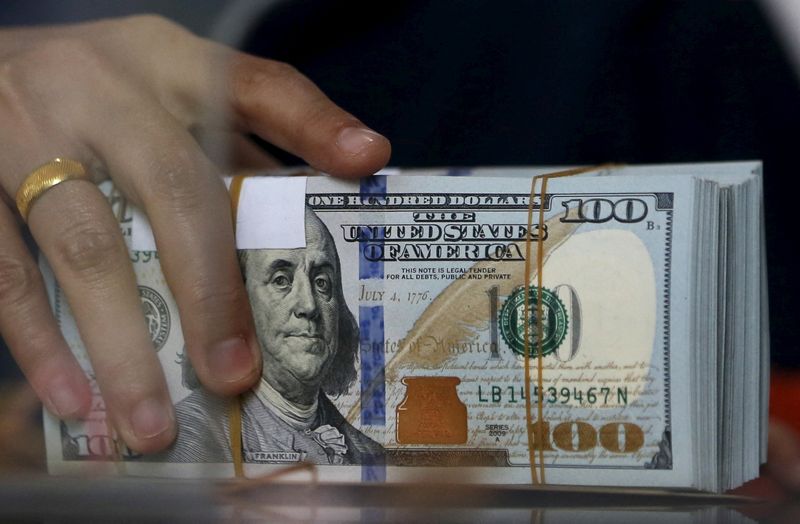
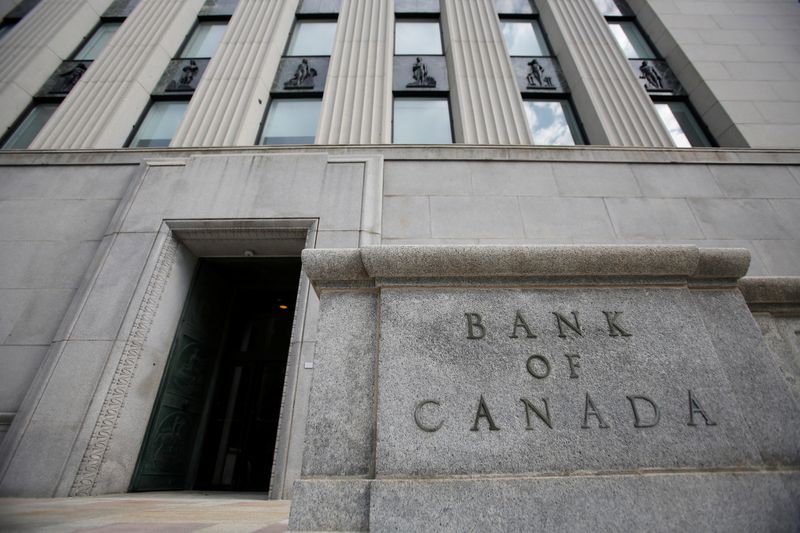
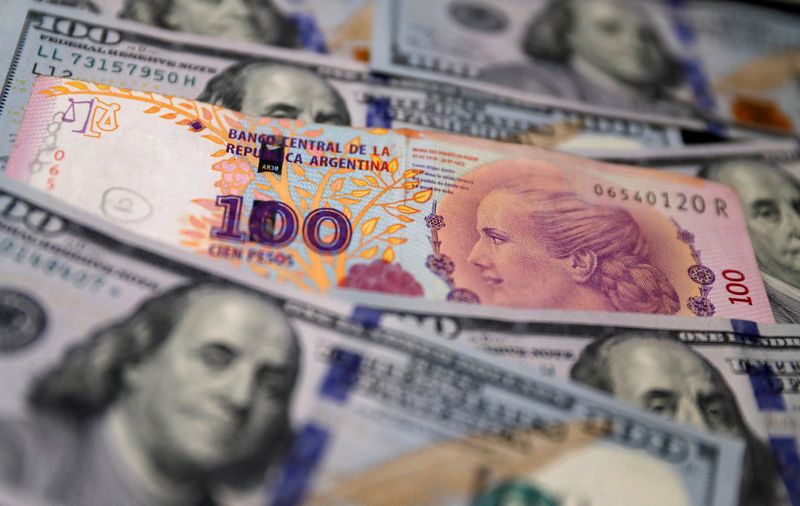








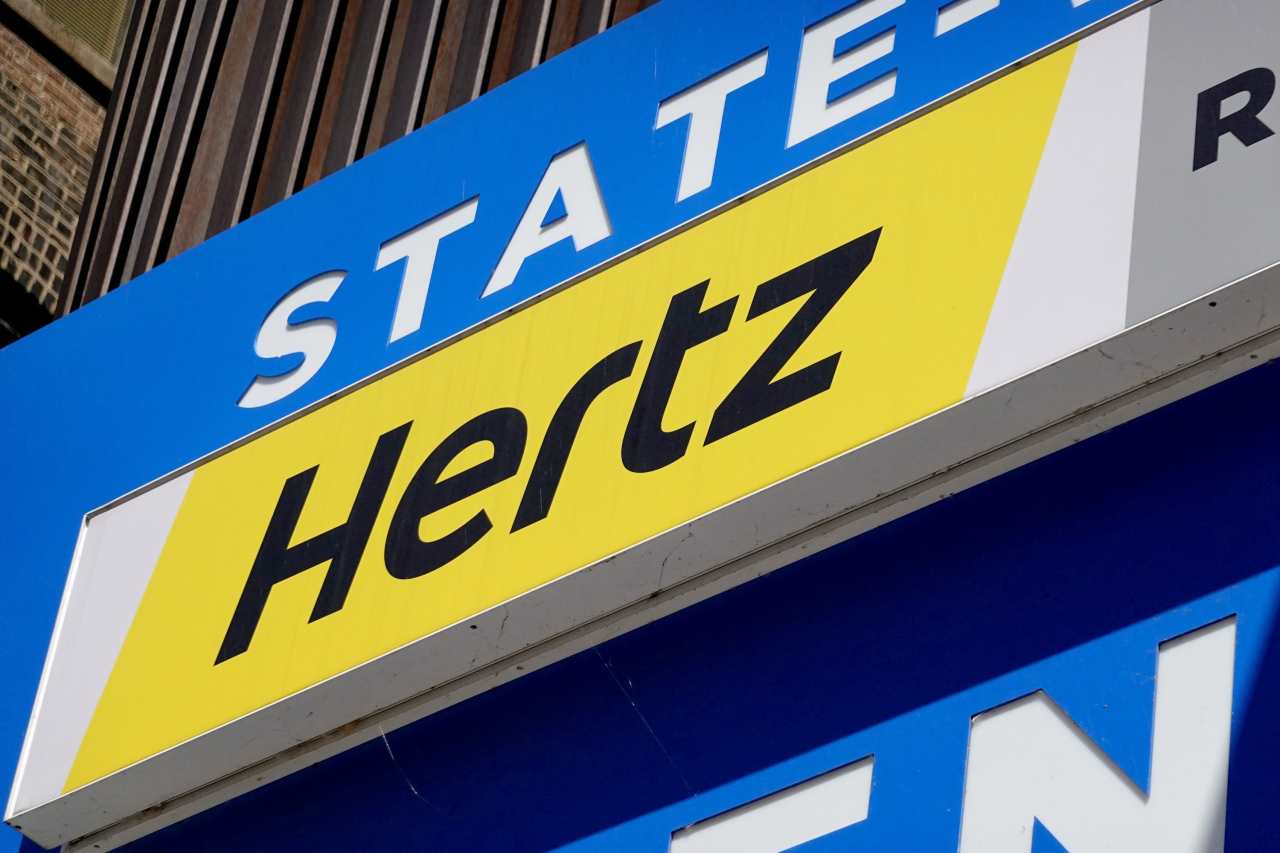


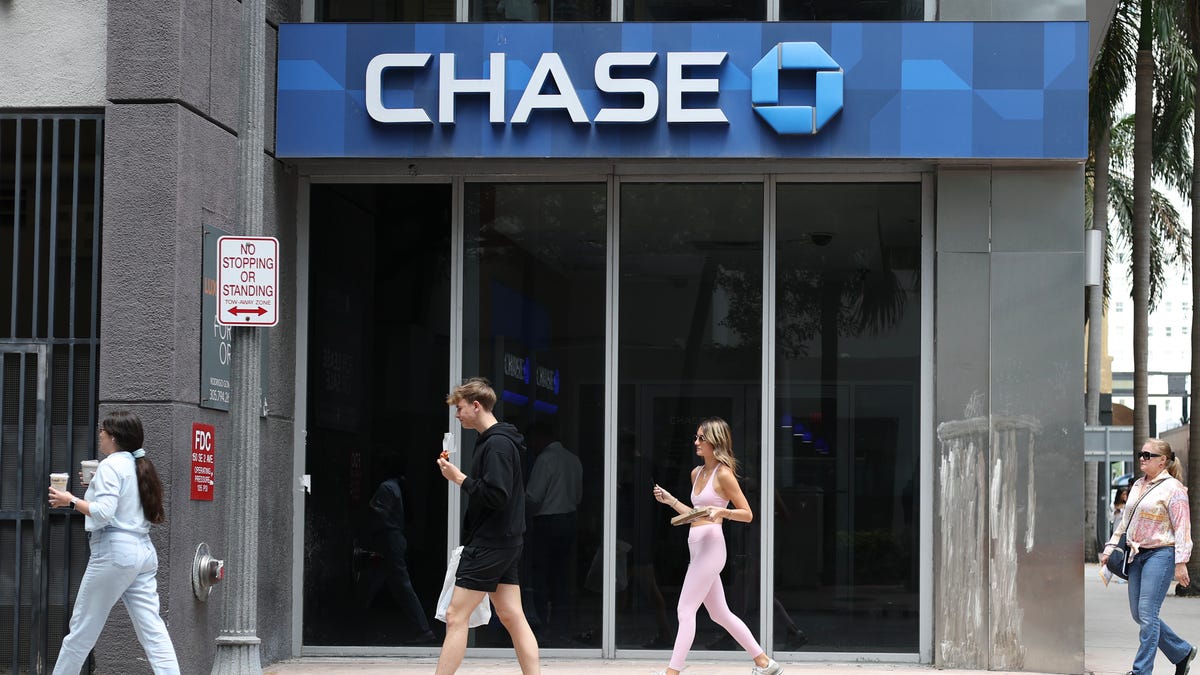











































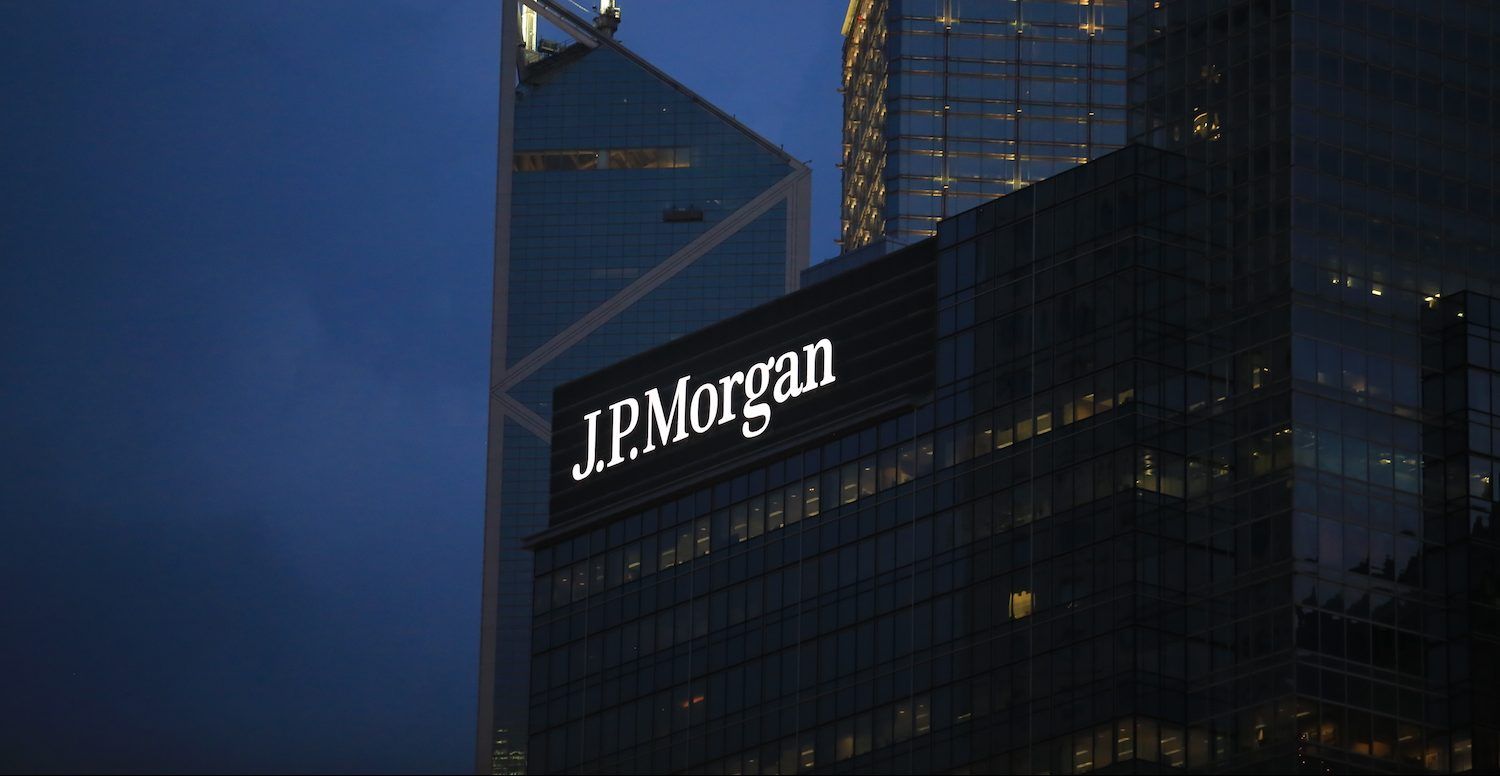

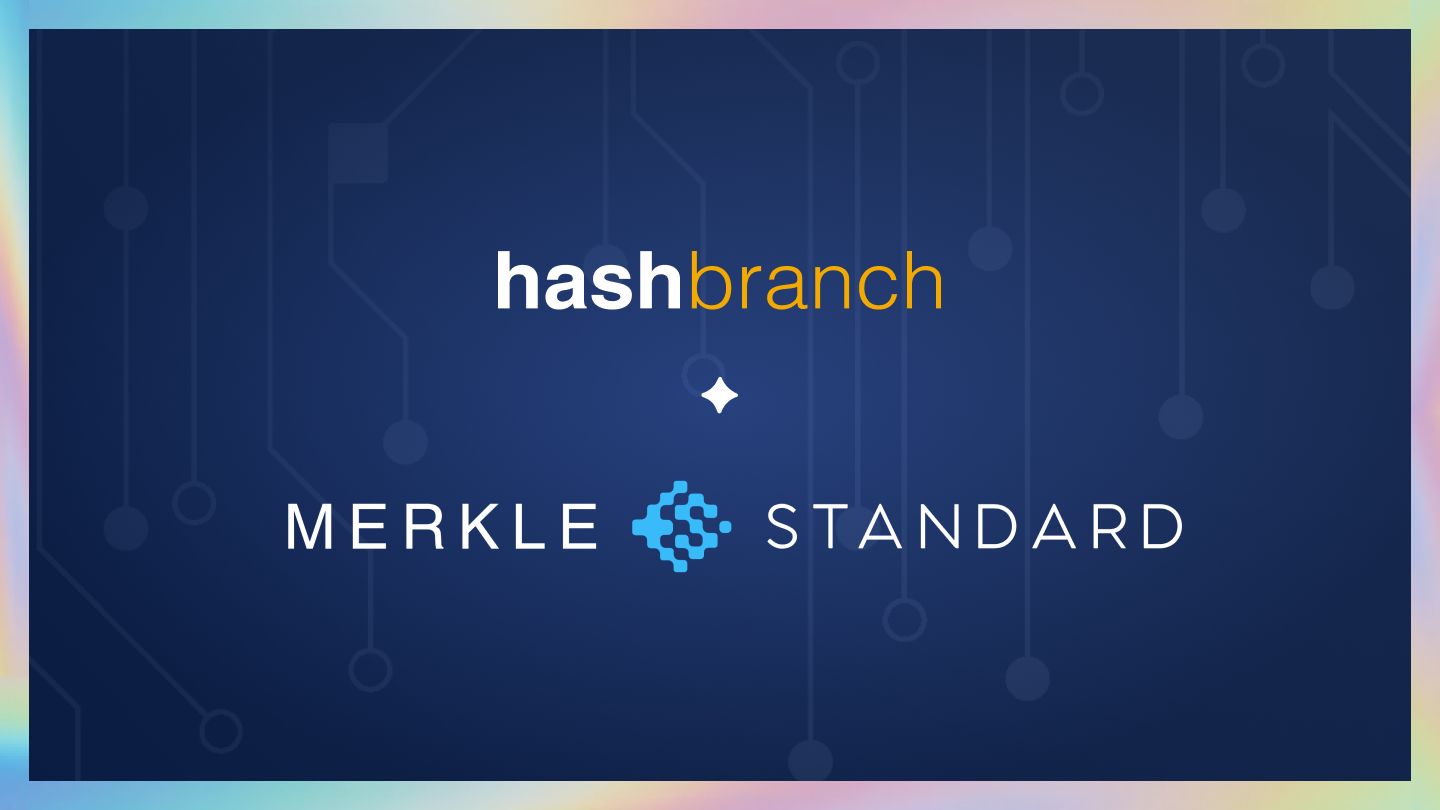
























































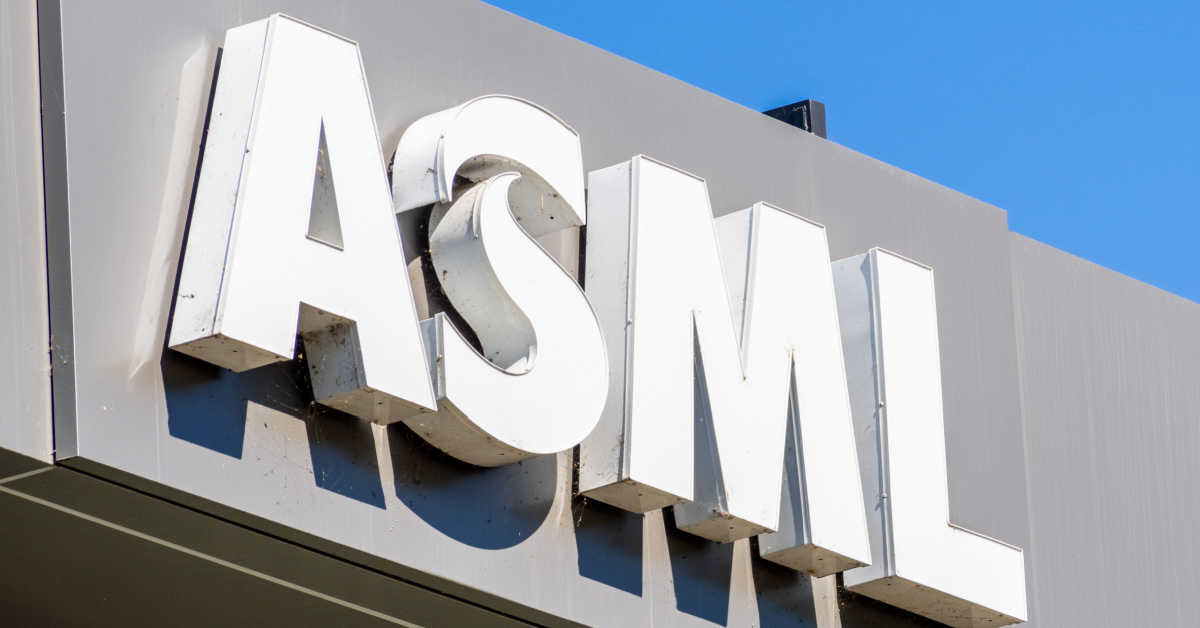




































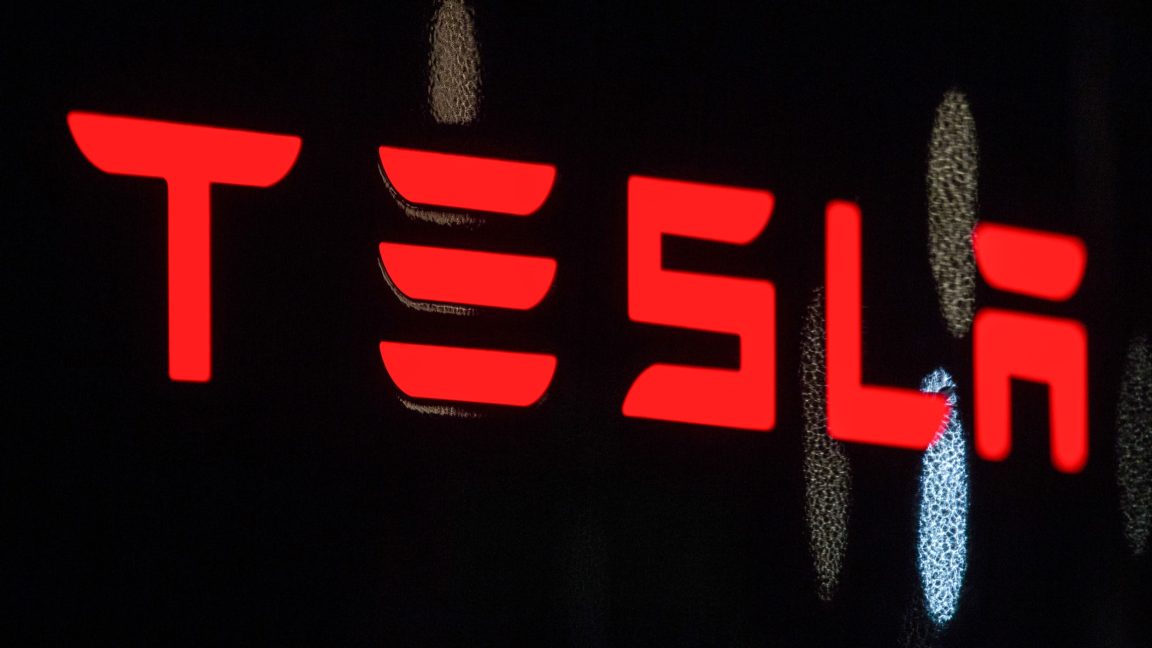




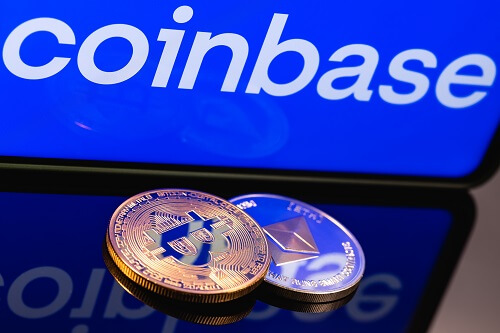

![How to Find Low-Competition Keywords with Semrush [Super Easy]](https://static.semrush.com/blog/uploads/media/73/62/7362f16fb9e460b6d58ccc09b4a048b6/how-to-find-low-competition-keywords-sm.png)



